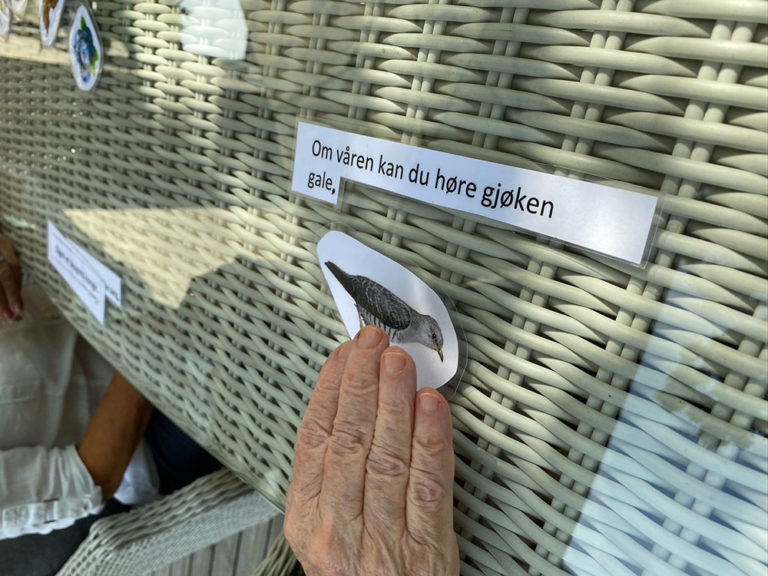The Importance of Personalization in Long Term Care Communities
An individual's possessions represent a lifetime of memories, achievements and activities. It is vital that new residents be allowed to bring some of their favorite and special items of furniture and belongings with them when moving into a residential setting. Care communities can recognize the importance of these belongings by not treating them as objects we allow residents to bring with them, but as part of the right to continue to create an environment that they find suitable and worth living in (Calkins, 1997). More and more care communities are implementing policies that not only allow, but encourage possessions to be moved in with residents including beds, furniture, art, and memorabilia. Personal items and decorations should be able to be stored and displayed both in bedrooms and common areas that are shared with other residents.
Personal possessions also aid staff on their journey of getting to know the residents, their tastes, family, and special memories of travel and a well lived life. This is even more important in the case of those suffering from communication difficulties such as dementia and expressive aphasia. Often persons with communication impairment cannot tell their own life story, travel memorabilia and family photos can communicate, to some extent, about the past.
One of the key reasons for personalization of a person’s environment is to help them remember people, places and objects by compensating for deficits in declarative memory. Having familiar items around makes it feel like home and provides more distinctive spaces, providing orientation cues for all individuals. For example, one will recognize a favorite chair and be able to experience the joy of leaning against the much loved cushions in the sitting room, or sipping tea out of one’s own china cup can make a huge difference to someone’s feeling of well-being.
Displaying personal items in a lit glass display case next to the bedroom door can help residents find their room. The more significant the objects or the stronger the memory associated with the objects, the better these objects assist people with locating their room (Namazi, Rosner, and Rechlin 1991). Some researchers have found that using a large photograph (8 by 10) of the person helped in locating their rooms (Nolan et al, 2002).
One option is to ask the resident’s family to bring a picture from home to hang on the bedroom door. It can be an earlier picture of the resident or a photo from a special occasion like a wedding. Often, a person will not recognize a current picture, but will recognize a favorite pet, childhood home, or other object such as a trophy or favorite knick-knack from home. Whatever items you decide to use for personalization and orientation, make sure you test for recognition by the resident. Ask the person if he knows who or what is in the picture, if he likes the item, or if he would like to have it on his door. The person should always have a choice in how his room is decorated and what pictures are displayed.
So, take a walk down memory lane and gather some favorite bits of the past, personalization is a wonderful way for an individual to feel more connected with their new home and have better orientation in a different environment.
(c) 2014 Jennifer A Brush. May not reprint or distribute without permission




